Discover the Med Pearls destinations: Anoia, the land of castles.

The county of Anoia, in Catalonia, Spain, is a land full of contrasts made up of strikingly different landscapes. Located in the inland of Catalonia, between the cities of Lleida and Barcelona, visitors looking for experiences based on culture, heritage, active tourism, gastronomy, and top artisan productions, will find in Anoia a diverse and warm welcoming landscape full of beautiful spots with a distinct character. A perfect place to practice Slow Tourism!
With an approximate extension of 866.31 square kilometres, the county’s landscape can be divided in three areas. First, the high plains of the Alta Anoia, often shrouded in thick fog, that bloom with the yellow of ripe cereal crops in the summer and deep greens in the spring; in the centre, the Basin of Òdena characterised by fertile ravines and leafy forests; and at the south the Mediterranean area of Baixa Anoia replete with abounding lush vineyards. The main reason for this contrasting landscapes is that the county is part of the Catalan Central Depression, a natural depression between the Pre-Pyrenees and the Catalan Pre-Coastal Rang that Anoia borders with the begging of the latter. The highest mountain of the region is the summit of Sant Jeroni (1.236 meters), of the Catalan Pre-Coastal Range, but the region is also close to the famous Mountains of Montserrat. This gives the area a wide range of natural attractions to discover like the Valls de l’Anoia Protected Natural Area, the Anoia River, the Pujalt Astronomic Observatory or the Waterfalls of Cabrera.
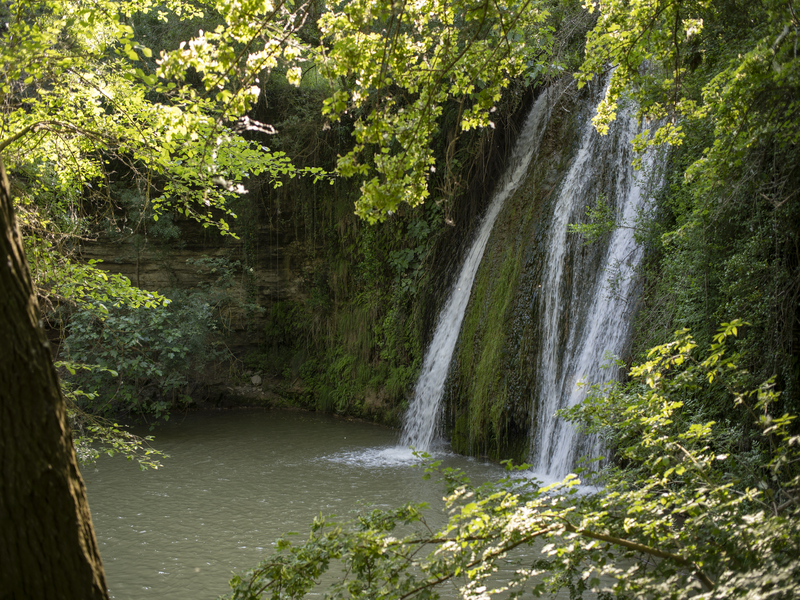
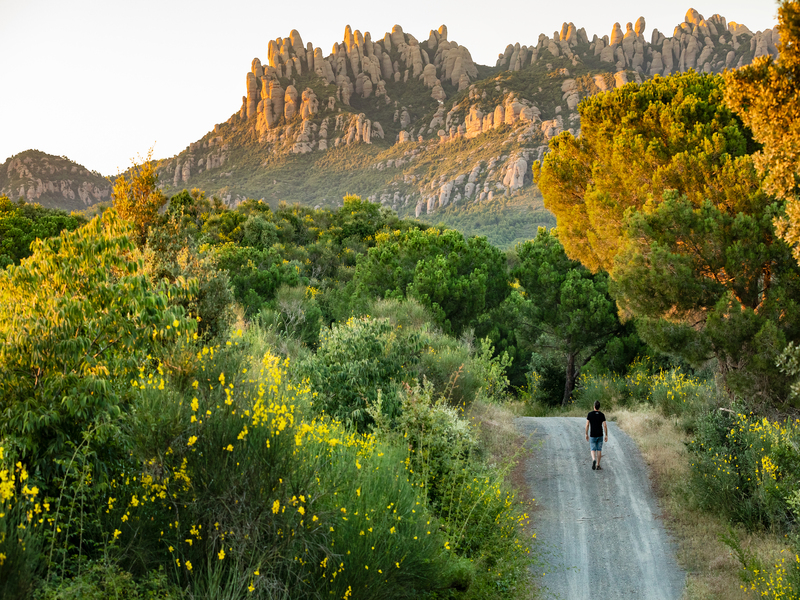
Anoia boasts a rich cultural heritage ready to be explored. Its mediaeval castles and towers occupy a prominent position thanks to their abundance and diversity. Currently the county preserves 25 towers and castles that date between the mid-10th and the mid-11th century and that thanks to their state and restoration, they take visitors to the mediaeval past of the county. Among the main ones, travellers can explore the Castell de Claramunt, the Castell de Tous or the Castell de Montbui. But the cultural landscape is not only limited to castles. As travellers discover the region, they will also have the chance to visit interesting museums that highlight the local traditional industries like The Leather Museum of Igualada (in capital of the county), The Muleteer Museum or Capellades Paper Mill Museum.
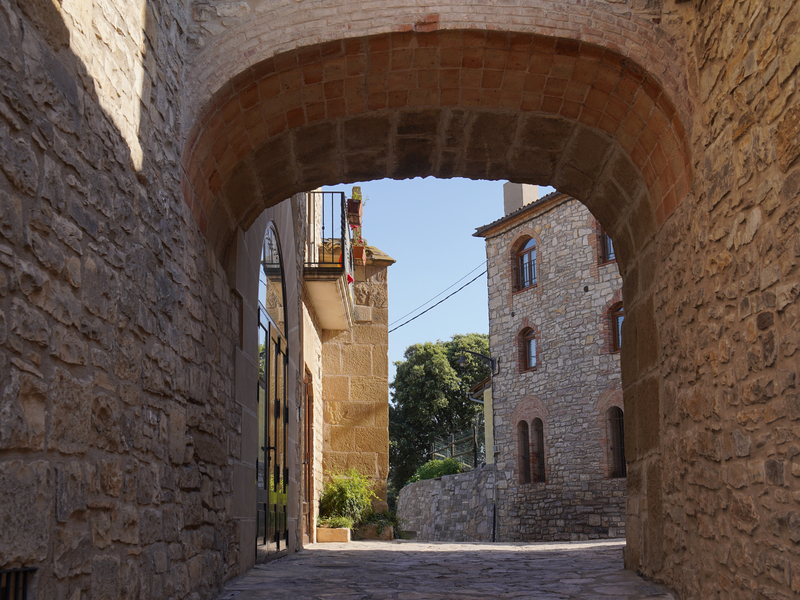
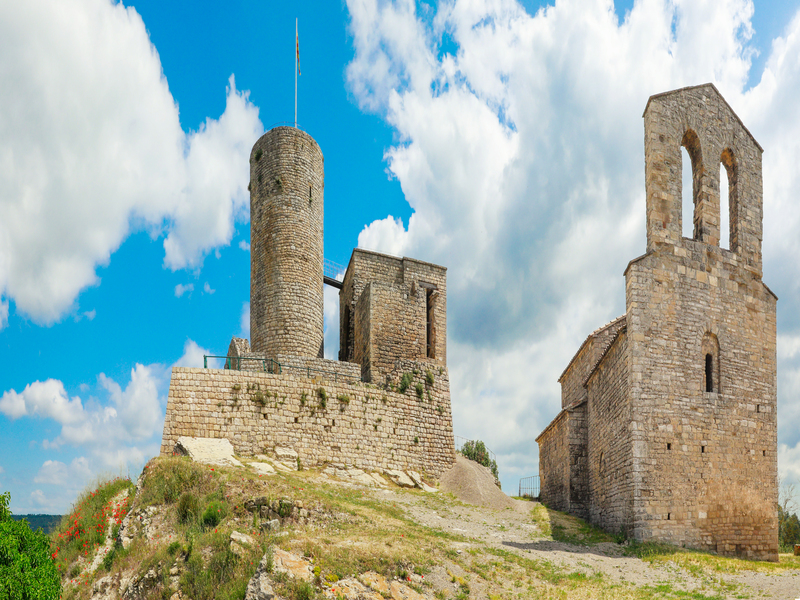
The range of activities that the region offers to travellers is as wide as its landscape diversity. On one hand, food travellers will be able to discover that the county has an interesting border gastronomy (since it combines inland and coastal cuisines). They will be able to taste some of its main products like the flavoursome baby chickpeas of Alta Anoia, that expands three times in volume during cooking, and the vinyala snails, that present a fine and tastier meat highly appreciated. On the other hand, adventures seekers will be able to discover the region via hot air balloon (the region and its capital Igualada are the main spots in Catalonia for this activity and organise different international festivals); and the most curious of travellers will also enjoy visiting local spots like the The Amphibian and Reptile Rescue Centre of Catalonia (CRARC), the only wildlife rescue centre in Catalonia, The Paleoroutes, interactive trails that describe how palaeontology has shaped the present-day landscape, the Pujalt Observatory or the Prehistoric Park of Capellades.
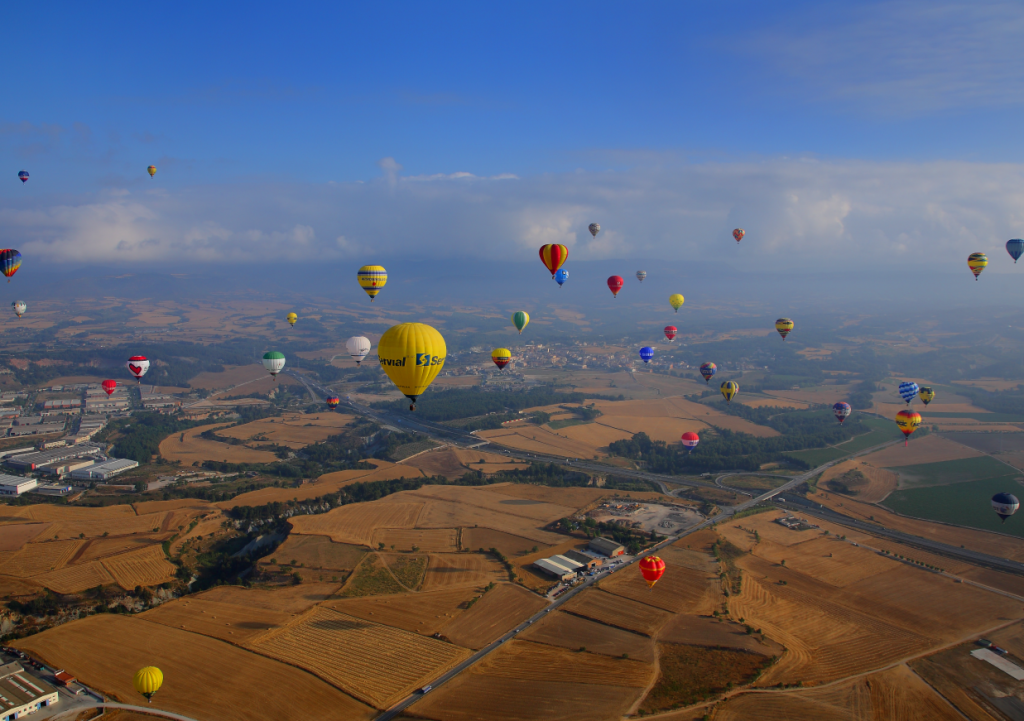
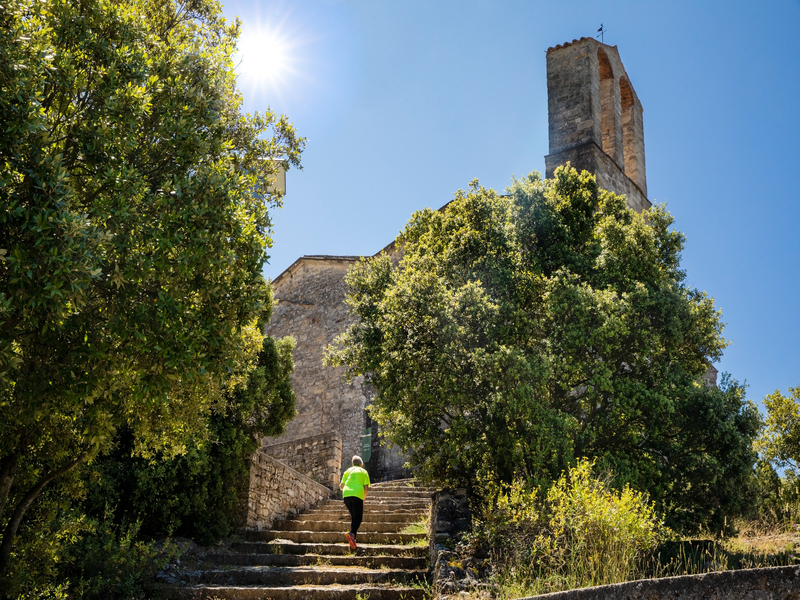

In conclusion, a region in central Catalonia with a strong history and a contrasting landscape, that whether it is through the tastes of the gastronomy, the insights of the culture or the feelings of excitement of the activities to practice, will sure be a place to remember.
Welcome to Anoia!
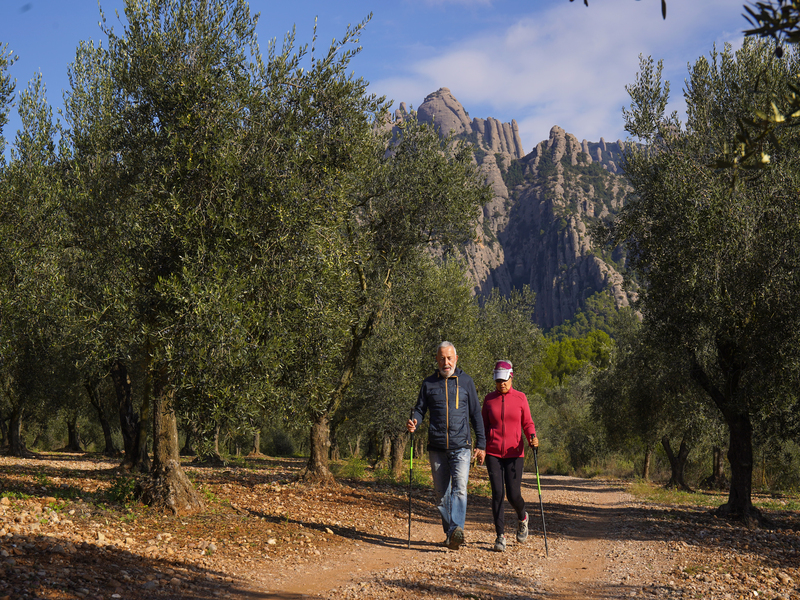
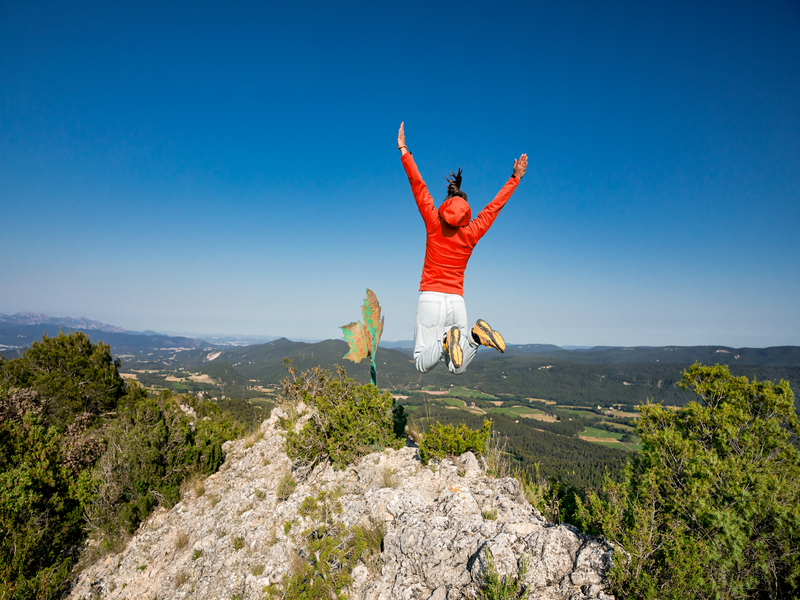

Check regularly: www.enicbcmed.eu/projects/med-pearls
And our social media:
@MedPearlsProj - Med Pearls Project (Facebook) - medpearlsproject (Instagram)









